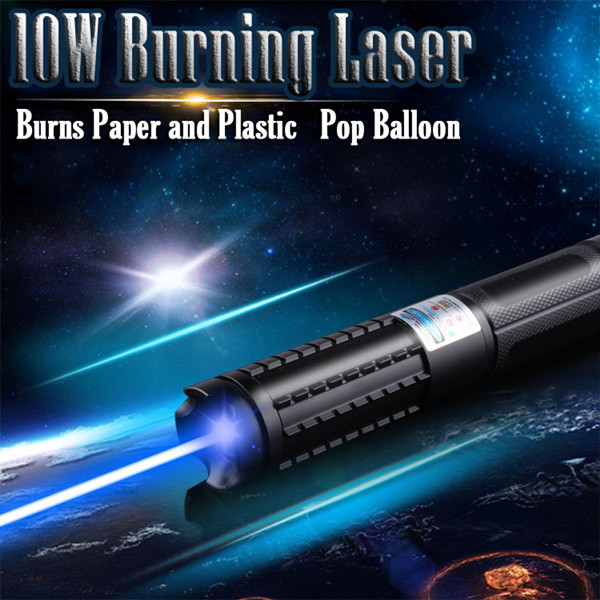Laser technology is the foundation of optoelectronic technology and industry, and will replace and promote the traditional electronic information industry. In the 21st century, the knowledge economy dominates, and vigorously developing high and new technologies is an inevitable choice to meet the arrival of the era of knowledge economy. At present, the most important high-tech in the world recognized by the industry as the fastest growing and increasingly widely used is the photoelectric technology, which will surely become the pillar industry of the 21st century. In optoelectronic technology, one of its basic technologies is laser pointer technology.
The scientific community predicts that by 2005, the output value of the optoelectronic industry will reach the level of the output value of the electronics industry. By 2010, the information industry dominated by optoelectronic information technology will form an industrial scale of 5 trillion US dollars. By 2010 to 2015, optoelectronics Industry may replace traditional electronics industry. Optoelectronic technology will once again promote the revolution and progress of human science and technology after microelectronic technology.
The development of green laser pointer technology and industry in the 21st century will support and promote high-speed, broadband, massive optical communication and network communication, and will lead to a revolution in lighting technology. Small, reliable, long-life, and energy-saving semiconductor (LED) will dominate In addition, a wide range of optoelectronic consumer products (such as VCD, DVD, digital cameras, new color TVs, PDA electronic products, smart phones, handheld audio playback equipment, photography, projection and imaging, office automation optoelectronic equipment such as laser printing , Fax and copy, etc.) and new information display technology products (such as CRT, LCD and PDP, FED, OEL flat panel display, etc.) and enter people's daily life.
Laser products have become the "eyes" and "nerves" of modern weapons. Optoelectronic military equipment will change the pattern of war in the 21st century. In the process of promoting the rapid development of the optoelectronic industry in the future, the combination of laser technology and other technical application fields has the following aspects: 1. Laser chemistry: traditional chemical processes, generally mixing the reactants together, and then often requiring heating (or To pressurize).
The disadvantage of heating is that the molecules produce irregular movements due to increased energy. This movement breaks the original chemical bonds and combines into new bonds. These irregular movements break or generate bonds that will hinder the expected chemical reaction. But if the laser is used to direct the chemical reaction, it can not only overcome the above-mentioned irregular motion, but also obtain greater benefits. This is because the laser carries a highly concentrated and uniform energy, which can be accurately hit on the molecular bonds. For example, using ultraviolet lasers of different wavelengths, hitting hydrogen sulfide and other molecules, changing the phase difference of the two laser beams, it controls The breaking process of the molecule.
You can also use the method of changing the laser pulse waveform to hit energy on the molecule very accurately and effectively, triggering a certain expected response. The application of red laser pointer chemistry is very extensive. The pharmaceutical industry is the first area to benefit. The application of laser chemistry technology can not only accelerate the synthesis of drugs, but also eliminate unwanted side products, making certain drugs safer and more reliable, and the price can be lowered. As another example, the use of lasers to control semiconductors can improve new optical switches, thereby improving computers and communication systems. Although laser chemistry is still in its infancy, its prospects are very bright.

